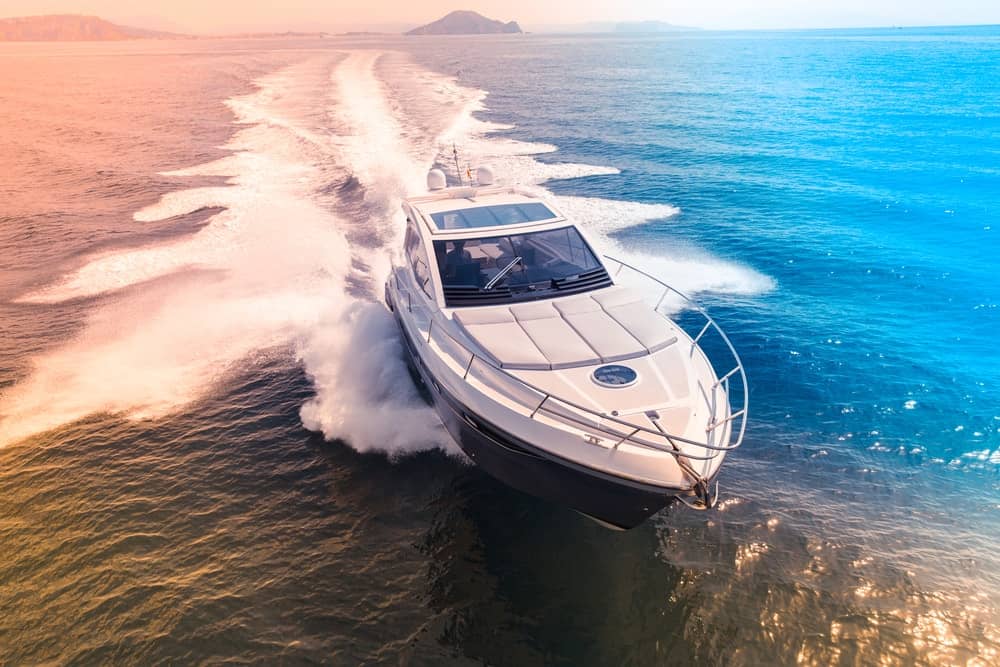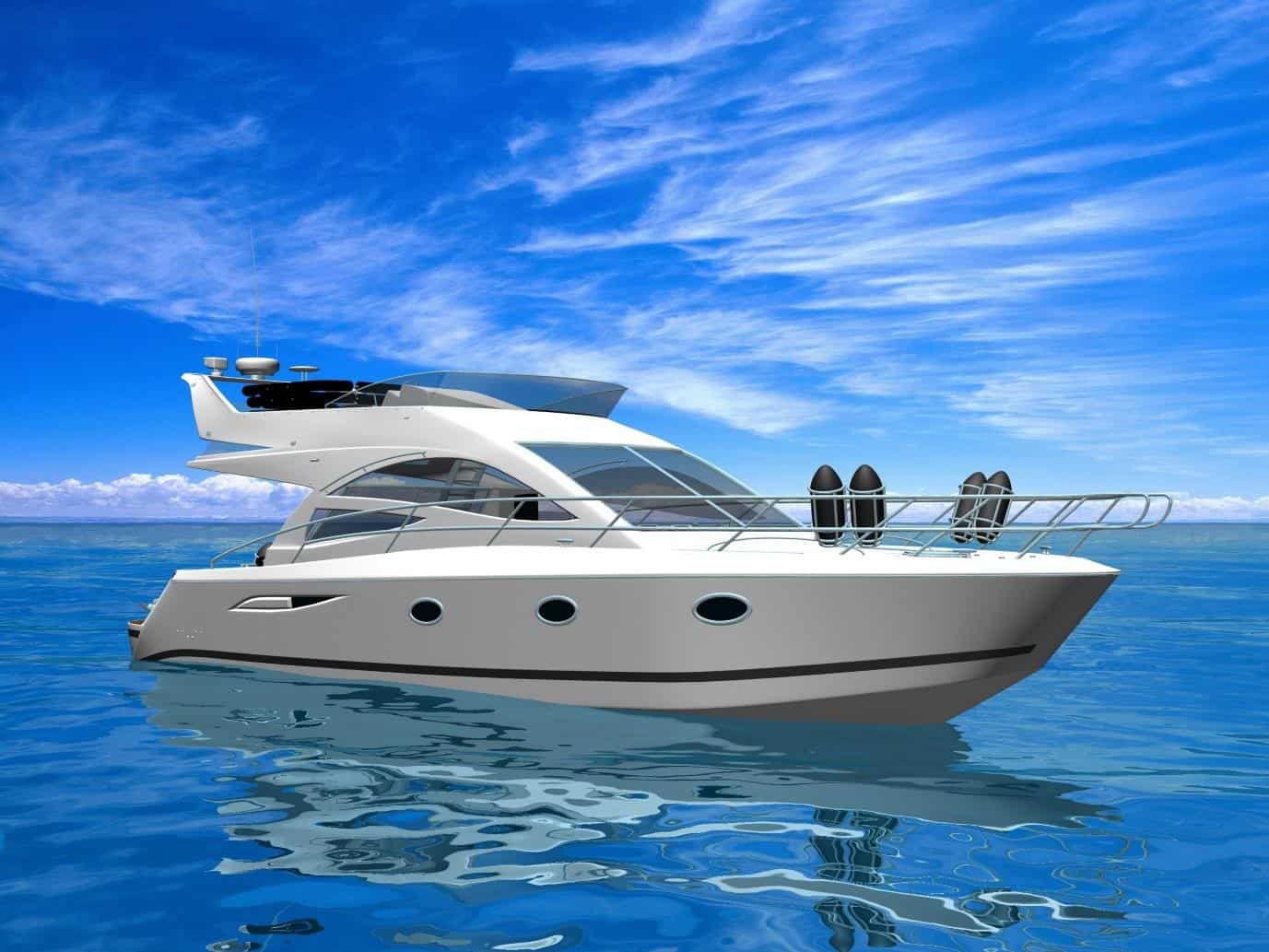
Choosing a boat is a very personal decision. You should ask yourself how you will use your boat.
What boating experience do you have.
Do you need to finance your purchase? See www.loans123.com.au for competitive boat finance options.
What can I afford, not only the purchase price but the running costs and maintenance? The pros and cons of new or used boats.There are many types and sizes of boats to choose from.
Give yourself enough time to check the different types of boats and the different brands available.
Buying a boat is a big investment of time and money that can give you and your family and friends hours of pleasure and enjoyment.
How to choose the correct boat for You and Your family
This may sound like a strange question to ask yourself, but what do I want to do with the boat is a very important question.
Followed by where do I want to use my boat, and who is going to be with me? Will we be going out of sight of land/offshore?
Is the boat for fishing, water sports, recreation or a party boat?Narrow your boat choices to a short list of the features and extras that you want and need.
Choose the boat to suit you
1. Are you buying a new or used boat?
2. Homework and research are important. Check online listings, tell a boat broker what you want, attend boat shows and talk to friends and family about what works for them.
3. Limit and refine your list of suitable boats and equipment you need.
4. Always check your proposed purchase before you buy, start with a visual inspection, sea trial, (boat test drive) and have a marine mechanic check that you prosed purchase is mechanically sound.
5. If you require finance this should have already been pre-approved. www.loans123.com.au can do this for you.
6. If you are satisfied with the boat and it meets your requirements do a PPSR check to see if there is any money owing on it. You need to check the Hull, the engine/s and the trailer.
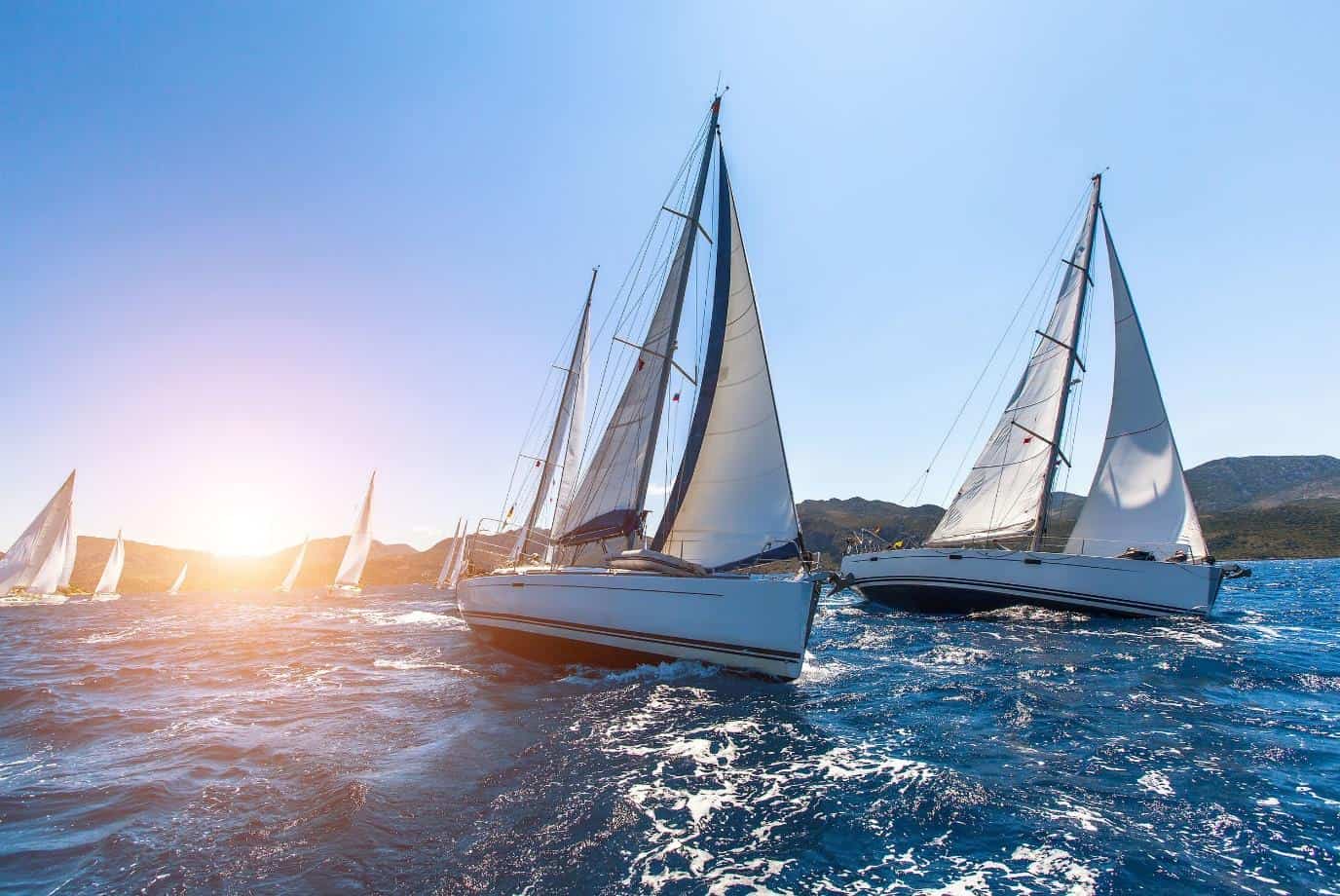
Types of Construction.
The most common types of construction materials are aluminium, fibreglass and Steel.There also wooden boats, concrete boats known as ferrocement, Super strong plastics usually made with Kevlar.
Aluminum
Aluminium is a common construction material used for its strength and light weight characteristics.
Aluminium construction utilises riveted and/or welded aluminium.
Heavier and working boats use plate aluminium.
This type or method of construction is for boats that are built using an engineered sub-floor frame.
This method of construction utilises heavy-gauge and high-tensile aluminium cut from flat plate and has a welded-in aluminium floor.
Pressed aluminium construction is great for smaller boats (dinghies and small trail boats) that will be used in calm waters such as rivers, lakes and estuaries.
Plate aluminium construction is used for bigger boats usually 5.00m or more in length that will maybe use for coastal and offshore boating.
A lot of the commercial fishing boats and passenger ferries are made using plate aluminium construction.
Fibreglass.
Glass Reinforced Plastic or GRP.
The use of fibreglass is the choice for most cruisers, yachts, and larger trailer boats.
Fibreglass is manipulated and packed into moulds that form the hull and the deck, which are then fitted together and joined.
Additional buoyancy can be obtained by adding foam. This depends on the type of boat; some hulls can be foam filled for additional buoyancy.
The resulting structure is strong in tension but often needs to be either laid up with many layers of resin-saturated fiberglass or reinforced with wood or foam in order to provide stiffness. GRP hulls are largely free of corrosion.
These can be solid fiberglass or of the sandwich (cored) type, in which a core of balsa or foam or similar material is applied after the outer layer of fiberglass is laid to the mould before the inner skin is laid.
These days most fibreglass boats are made in an open mould, with fibreglass and resin applied by hand.
Some are now constructed by vacuum infusion where the fibres are laid out and resin is pulled into the mould by atmospheric pressure.
This method results in stronger bonds and parts with more glass and less resin.
There are different methods of fiberglass construction.
The most common method being hand-laid, chopper gun and vacuum infusion – each referring to the way in which the fibreglass is placed in the moulds.
Fibreglass boats can be heavier than aluminium boats of equivalent size and they require the skipper to take more care whilst boating.
Hitting a rock with an aluminium boat may result in a dent, fibreglass will be more likely to chip or crack.
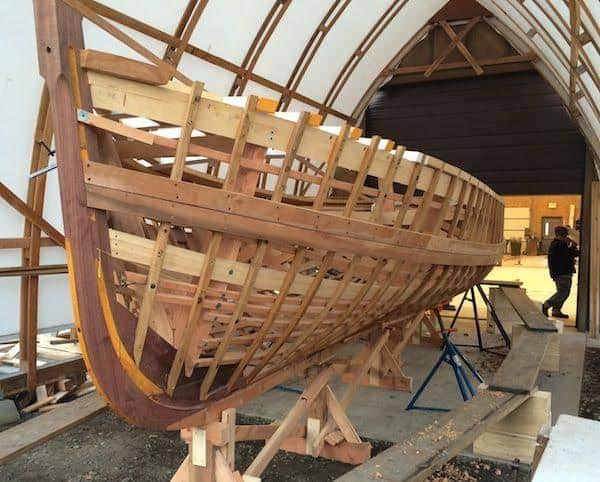
Wood
Wood is a traditional boat building material used for hull and spar/mast construction.
It floats well (buoyant) and is widely available.
The hull of a wooden boat usually consists of planking fastened to frames/ribs and a keel.
Glue rivets screws and nails are used to join the wooden structures and components.
Steel
Iron and Steel
Used in sheet or plate for all-metal hulls or for isolated structural purposes.
It is a strong material but is heavy.
Steel is generally about 30% heavier than aluminium.
The iron or steel material rusts unless protected by paint from water.
Modern steel boat building methods use welding or are bolted together.
Welding can be easily done with common welding equipment.
The material is cheap.
Ferrocement
Ferrocement (Concrete) is a relatively cheap method to produce a hull.
A steel and iron frame are built to the exact shape of the hull and is covered in galvanised wire netting (chicken wire).
Cement is applied on the one day by a team of plasterers.
The suggested cement to sand ratio is 4:1.
The hull thickness is typically around 2.5 to 3 CMS,
Properly plastered ferrocement boats have smooth hulls with fine lines, and builders are advised to use professional plasterers to produce a smooth finish.
The advantages of a ferro cement hull are:
• Won’t burn, rot or rust.
• Great insulation properties, cool in summer, warm in winter
• Easily repaired almost anywhere, tougher than fibre glass (GRP).
• Usually cheaper to buy.
There are some disadvantages:
• home-built ferro boats can be lumpy, overly heavy and ugly.
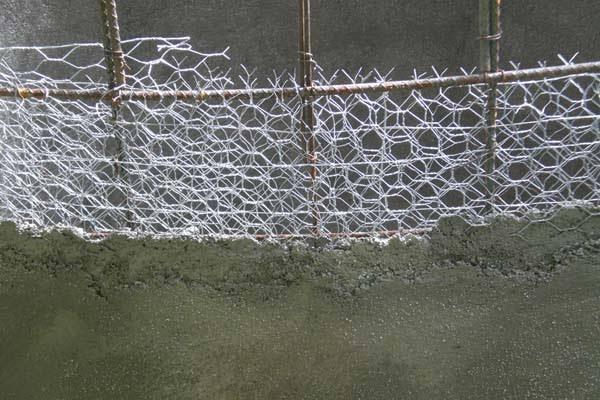
Reinforcing overlaid with wire netting (chicken Wire) and concrete plaster.

A Great example of a ferro cement Yacht.
Composite material
Building a boat using Composite construction and materials involves a variety of methods.
GRP and ferrocement(concrete) are classic composite hulls.
The term composite also applies to more modern plastic reinforced with fibres.When a boat hull is being built in a female mould, the composite materials are applied to the mould using epoxy, polyester, or vinyl ester and fibre cloth like fibreglass, Kevlar Dynel, Carbon fibre etc.
These methods can give strength-to-weight ratios approaching or in some cases better than aluminium, while requiring less specialized tools and construction skills.
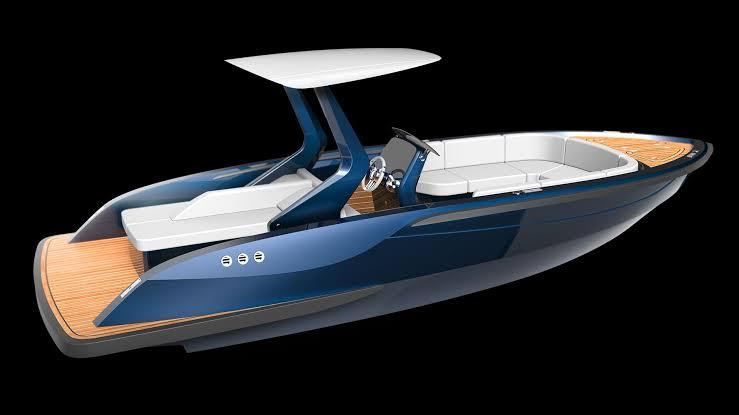
Superyacht tenders and composite boats and luxury yachts design by Hamid Bekradi
How Long Should I Take to Find the Right Boat?
Some people will find the ideal boat quickly.
One afternoon may be all that is needed.For some people it can take years.
The right time for you is when you are ready.
The important thing is to do your homework and research until you are comfortable.
Check-off the key points that are important to you.
If you are purchasing form a boat dealer, aftersales service, warranty and support are important. Check social media for any adverse reports.
Test Run or Sea Trials.
When you buy a car you always take it for a test drive.
Test driving a boat is called a sea trial.Just as with a vehicle test drive it is important to see and feel the way that a boat handles on the water.
If you bring the family with you when you sea trial or test drive the boat, it will give you a better feel for the boats handling characteristics than if you were on your own.
Try to test the boat where you will be using it.
If possible, try to test the boat in moderate seas, not just on a flat calm day.
This will give you a better indication of how the boat performs.
Marine Education and LEARNING TO USE YOUR BOAT
Learning to use your boat correctly and safely is not difficult.
Driving a boat is like driving a car and is a learned skill.
I got my Recreational Skippers Ticket in Western Australia and If you haven’t already got this you should sign up for a course.
Recreational Skippers Ticket or similar are available nationally.
A Recreational Skipper’s Ticket (RST) is a nationally recognised certificate of competency which shows that the holder has the minimum knowledge and practical skills needed to operate a powerboat safely.
This is where you can learn the rules of the sea.
Most of the rules you learn apply all over the world. Some things will require practice like docking, launching and retrieving your boat. The best tip here is just to take it slow and practice as often as you can.

